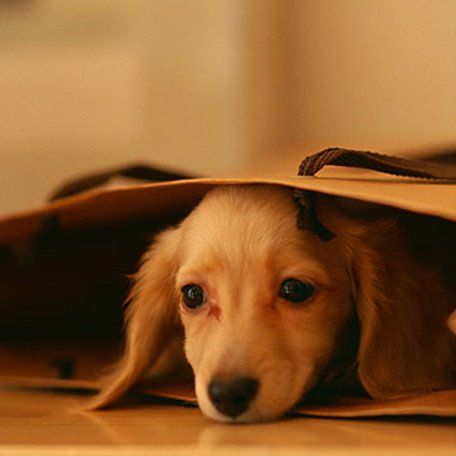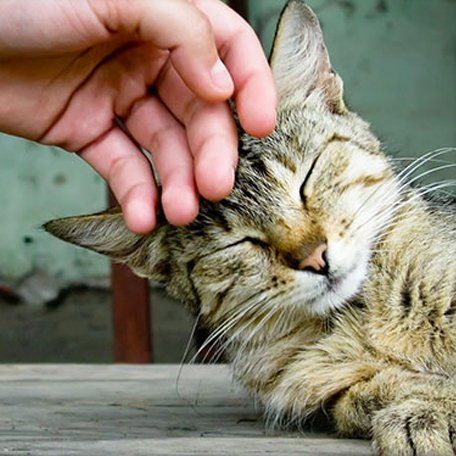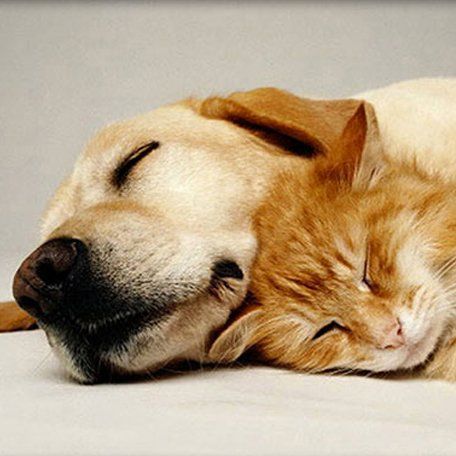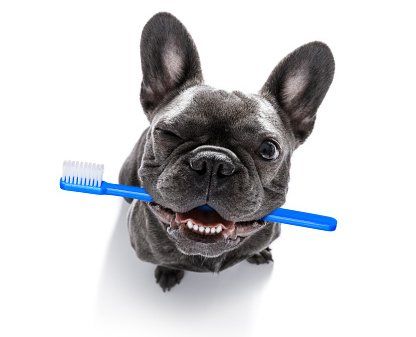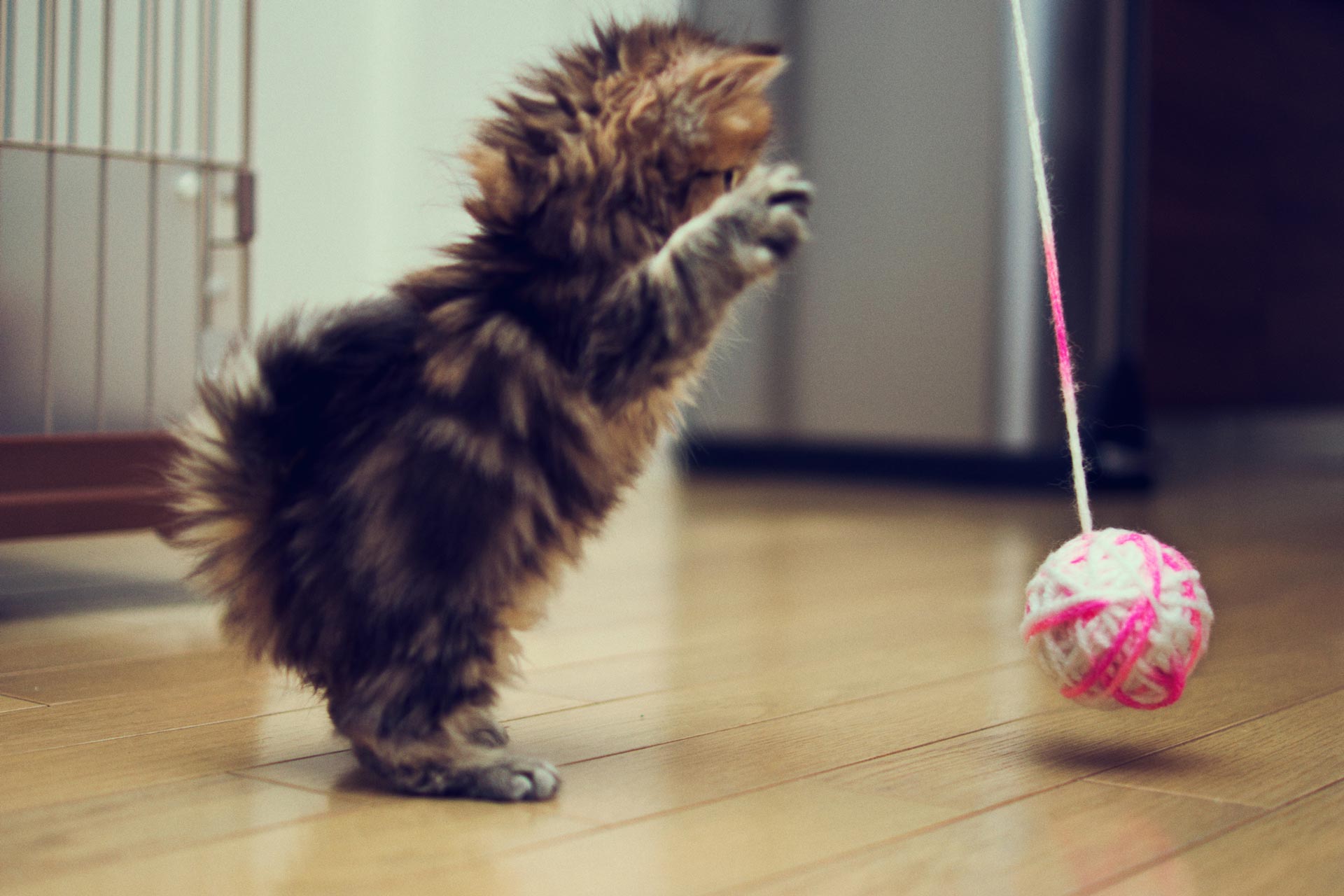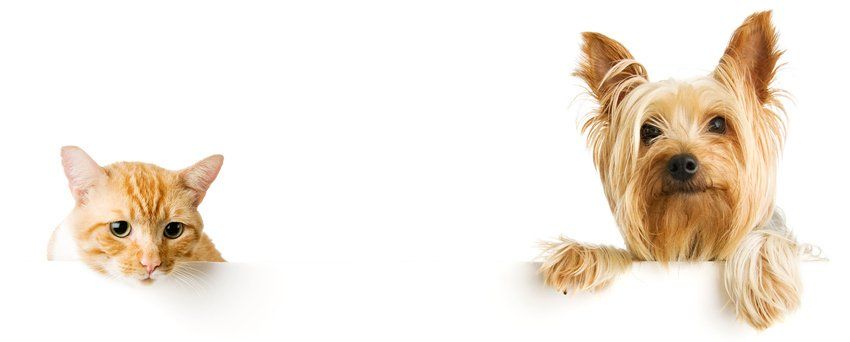25 Years of Experience • Open 7 Days a Week • We do House Calls
RAW vs Cooked foods and Dry foods
In the last blog, I discussed fussiness in pets.
This time I want to share my thoughts on a healthy diet for dogs and cats.
Whilst I believe there is a place for commercial dry, canned and loaf foods, I don’t believe they should be fed exclusively. Firstly, these foods are cooked and often contain preservatives. Cooking destroys many micronutrients in food, and lets face it, dogs have evolved eating raw food. I am aware of at least two raw, unprocessed and balanced commercial diets. We sell BARF, BARF stands for Biologically Appropriate Raw Food. It was designed by a veterinarian dietician who has tried to recreate what wild dogs eat.
BARF contains raw meats, vegetables, fruit, crushed bone, crushed cartilage and probiotics.
I believe this is a very healthy diet, but the transition from a cooked diet onto a raw diet is best done gradually over a 2 week period to prevent tummy upsets.
Te other issue I have with most pet foods is that they do not clean the pets teeth. Many people believe that dry foods are cleaning pets teeth, but infact this is usually not the case.
Periodontal disease is by far the most common disease in dogs. Infact 70% of dogs and cats have the beginnings of periodontal disease by 3 years of age.
The only dry dog food that had been scientifically proven to clean dogs and cats teeth is Hills T/D. This is the one I feed my pets. I have also found this to be one of the most palatable dry foods.
I believe that dogs and cats get some raw meaty bones in their diet, provided they are fed the right sort of bones.
I think raw chicken necks are great for cats, and raw lamb necks and brisket bones for dogs. Don’t feed cooked bones or leg bones. Leg bones are much harder than the neck bones or brisket bones and often fracture teeth .
Also don’t forget that raw meaty bones contain a lot of calories, so must be fed as their meal for that day.
By Dr Philip McConachy BVSc

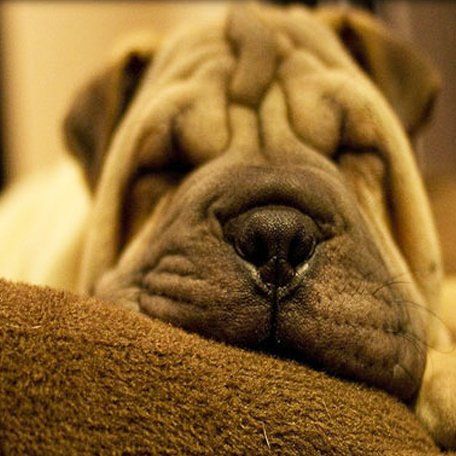

Service Areas
Hampton Park
Narre Warren South
Lynbrook
Lyndhurst
Cranbourne North
Hallam
Berwick
Endeavour Hills
Our Hours
- Mon - Fri
- -
- Saturday
- -
- Sunday
- -



